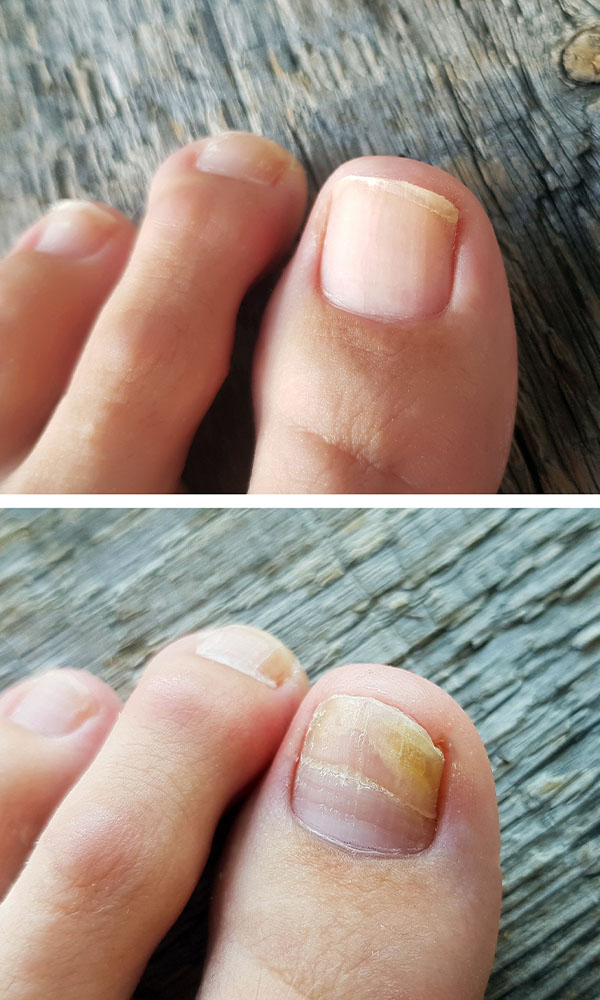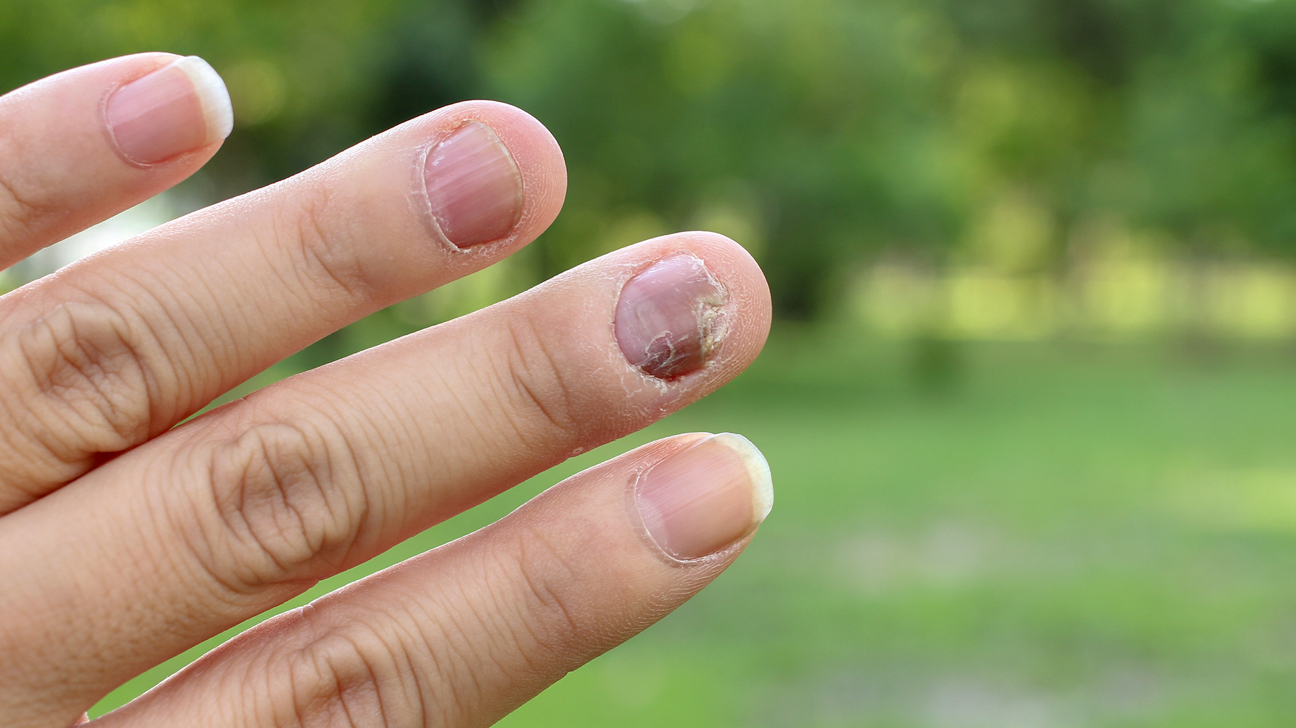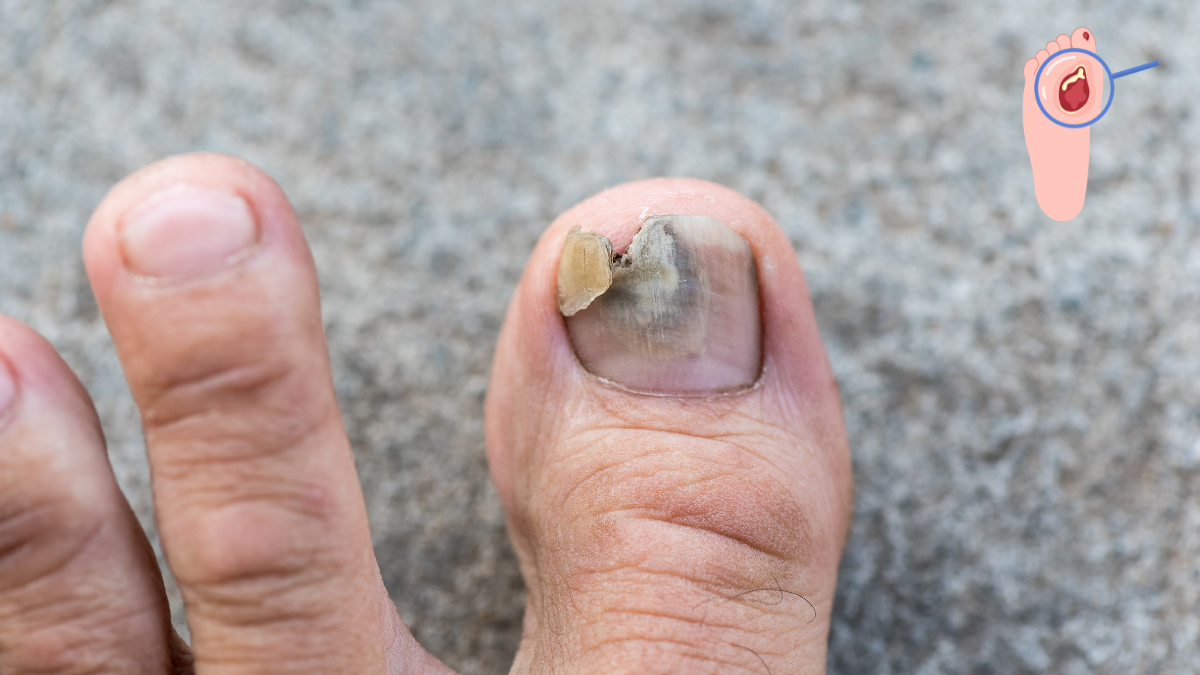Nail Fungus From Press On Nails
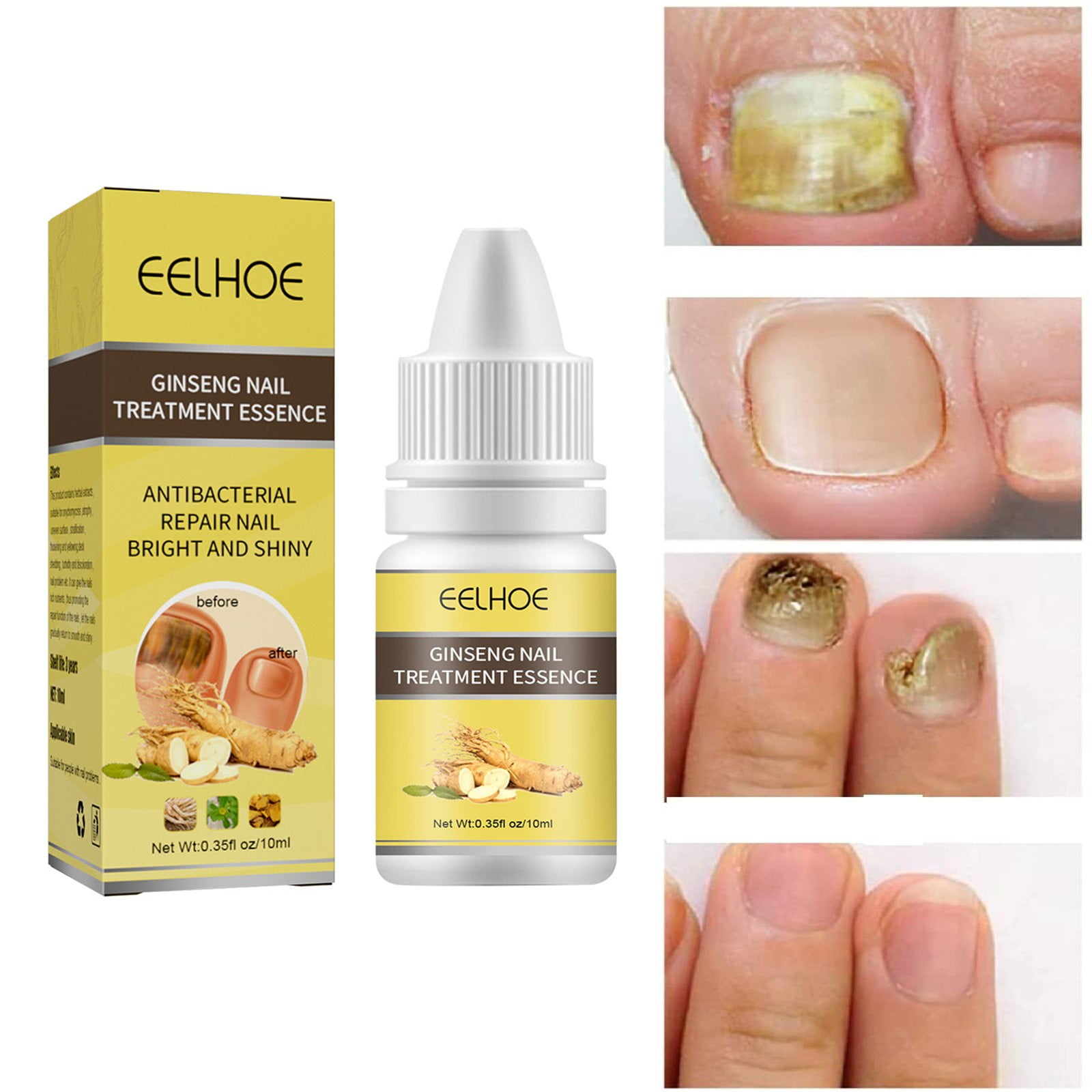
Reports are surging: press-on nails, a beauty staple for quick manicures, are increasingly linked to serious nail fungus infections. Experts warn improper application and prolonged wear create breeding grounds for pathogens, leading to potential long-term damage.
The popularity of press-on nails has exploded, but hidden dangers lurk beneath the artificial enhancements. This article details the growing concerns and offers expert advice on safe application and prevention.
The Alarming Rise in Infections
Dermatologists nationwide are reporting a significant uptick in cases of onychomycosis, commonly known as nail fungus, specifically linked to press-on nail use. Clinics are seeing a surge in patients exhibiting symptoms like discolored, thickened, and brittle nails following frequent or improper press-on nail application.
Dr. Emily Carter, a leading dermatologist at the American Academy of Dermatology, notes a "clear correlation" between the rise in press-on nail popularity and fungal infections. "We're seeing more patients than ever before with severe cases that require lengthy and costly treatments."
Who is at Risk?
Anyone who uses press-on nails is potentially at risk, but certain factors increase susceptibility. Individuals with pre-existing nail conditions, weakened immune systems, or those who frequently apply and remove press-ons are particularly vulnerable.
Those who leave press-on nails on for extended periods, exceeding the recommended wear time, also face a higher risk. Improper application techniques further exacerbate the problem, trapping moisture and creating an ideal environment for fungal growth.
How Press-On Nails Cause Infections
The primary cause is the lack of airflow and the trapping of moisture between the natural nail and the artificial press-on. This creates a warm, dark, and humid environment perfect for fungal organisms to thrive.
Microscopic gaps or lifting of the press-on nail allows water and debris to accumulate. This buildup fosters the growth of fungi, eventually leading to an infection that can spread across the entire nail bed.
What Are the Symptoms to Watch For?
Early detection is crucial in preventing severe complications. Look for signs such as discoloration (yellow, white, or brown), thickening of the nail, brittleness, crumbling edges, and separation of the nail from the nail bed.
Pain, swelling, and a foul odor may also indicate a fungal infection. If you experience any of these symptoms, consult a dermatologist immediately.
Where Are These Infections Occurring?
Reports are coming from across the United States, with no specific region being spared. Both salon-applied and at-home press-on nail applications are contributing to the problem.
States with large metropolitan areas, such as California, New York, and Florida, are reporting higher infection rates, likely due to greater press-on nail usage. However, rural areas are also seeing a rise in cases.
When is the Infection Likely to Occur?
Infections can develop relatively quickly, sometimes within weeks of the initial press-on nail application. The longer the press-ons are worn and the more frequently they are reapplied, the higher the risk.
Seasonal changes, particularly warmer and more humid months, can also contribute to increased fungal growth. This is because the combination of heat and moisture accelerates the development of infections.
How to Minimize the Risk
Proper hygiene and application techniques are essential for preventing nail fungus from press-on nails. Follow these guidelines:
1. Thoroughly clean and dry your natural nails before applying press-ons. 2. Use a high-quality adhesive that is designed for nail application. 3. Avoid wearing press-ons for extended periods, adhering to the recommended wear time. 4. Take breaks between applications to allow your nails to breathe. 5. Regularly inspect your nails for any signs of infection. 6. Disinfect your nail tools regularly to prevent the spread of bacteria.
Expert Advice
"The key is moderation and meticulous hygiene," emphasizes Dr. Carter. "Don't sacrifice the health of your natural nails for the sake of convenience. Prioritize proper preparation and aftercare."
Consider limiting your use of press-on nails to special occasions. When applying, ensure adequate ventilation to minimize moisture buildup. If you notice any signs of infection, seek professional medical advice immediately.
Next Steps and Ongoing Developments
Dermatologists are urging for greater awareness and education regarding the risks associated with press-on nails. The American Academy of Dermatology is planning to launch a public awareness campaign to promote safe application practices and early detection of fungal infections.
Researchers are also investigating the types of adhesives and materials used in press-on nails to identify potential irritants and allergens that can contribute to infections. Further studies are needed to fully understand the long-term effects of frequent press-on nail use.
The FDA has not yet issued specific regulations regarding press-on nail safety. However, pressure is mounting for stricter guidelines and labeling requirements to better inform consumers about potential risks and preventive measures. Stay informed and prioritize your nail health.


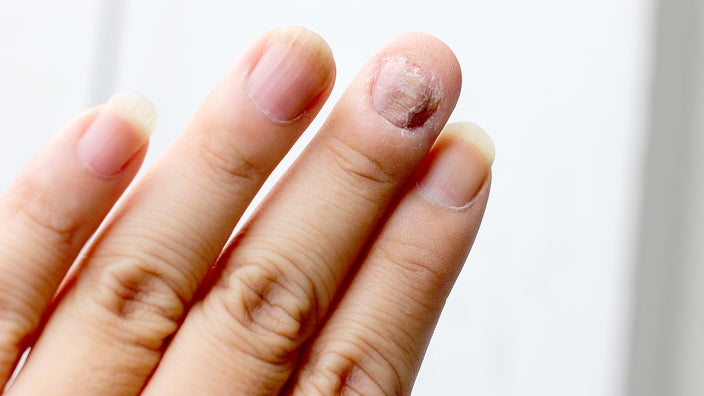
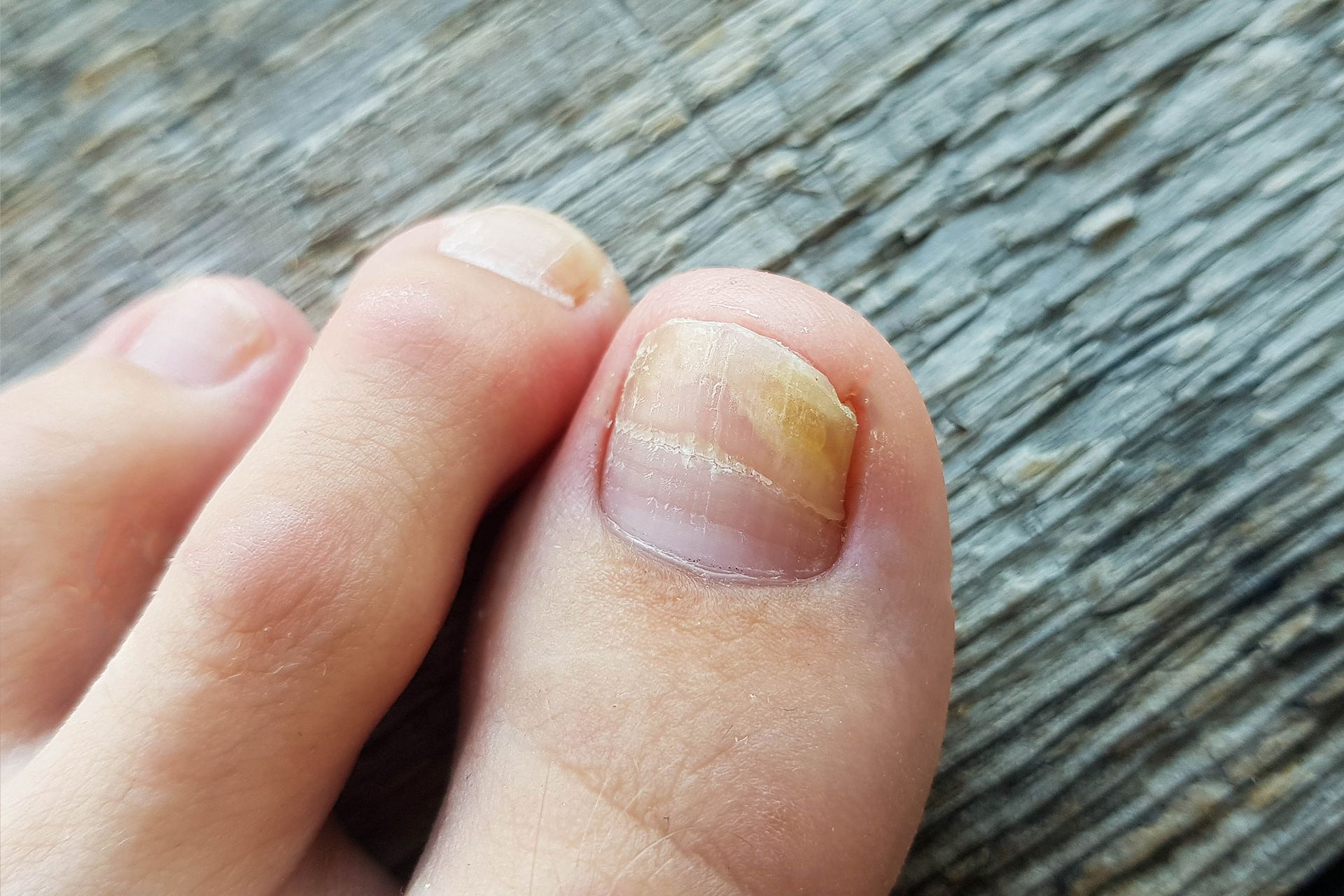


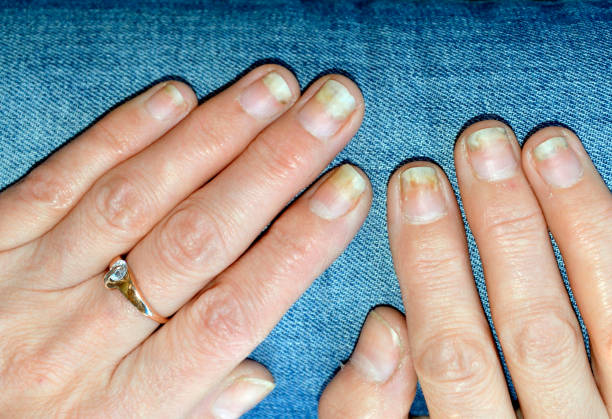
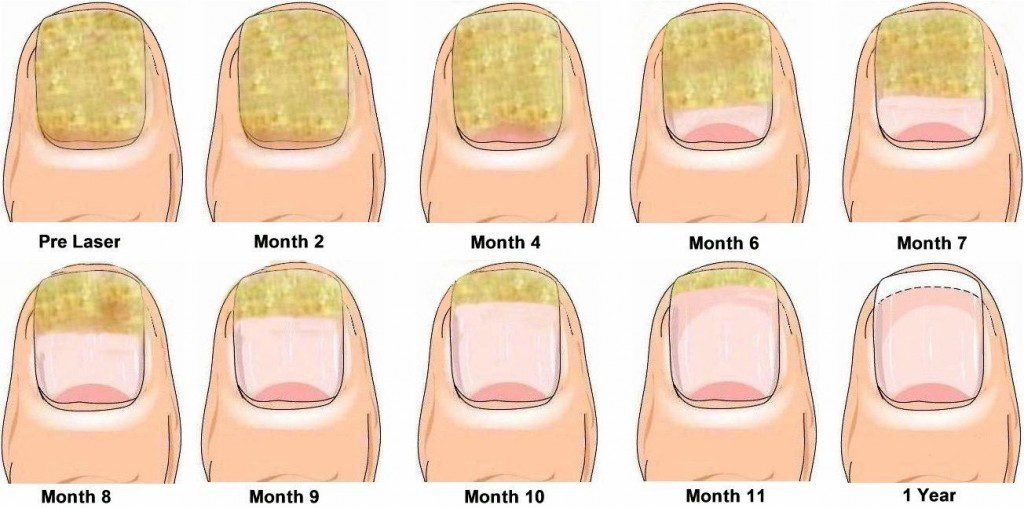

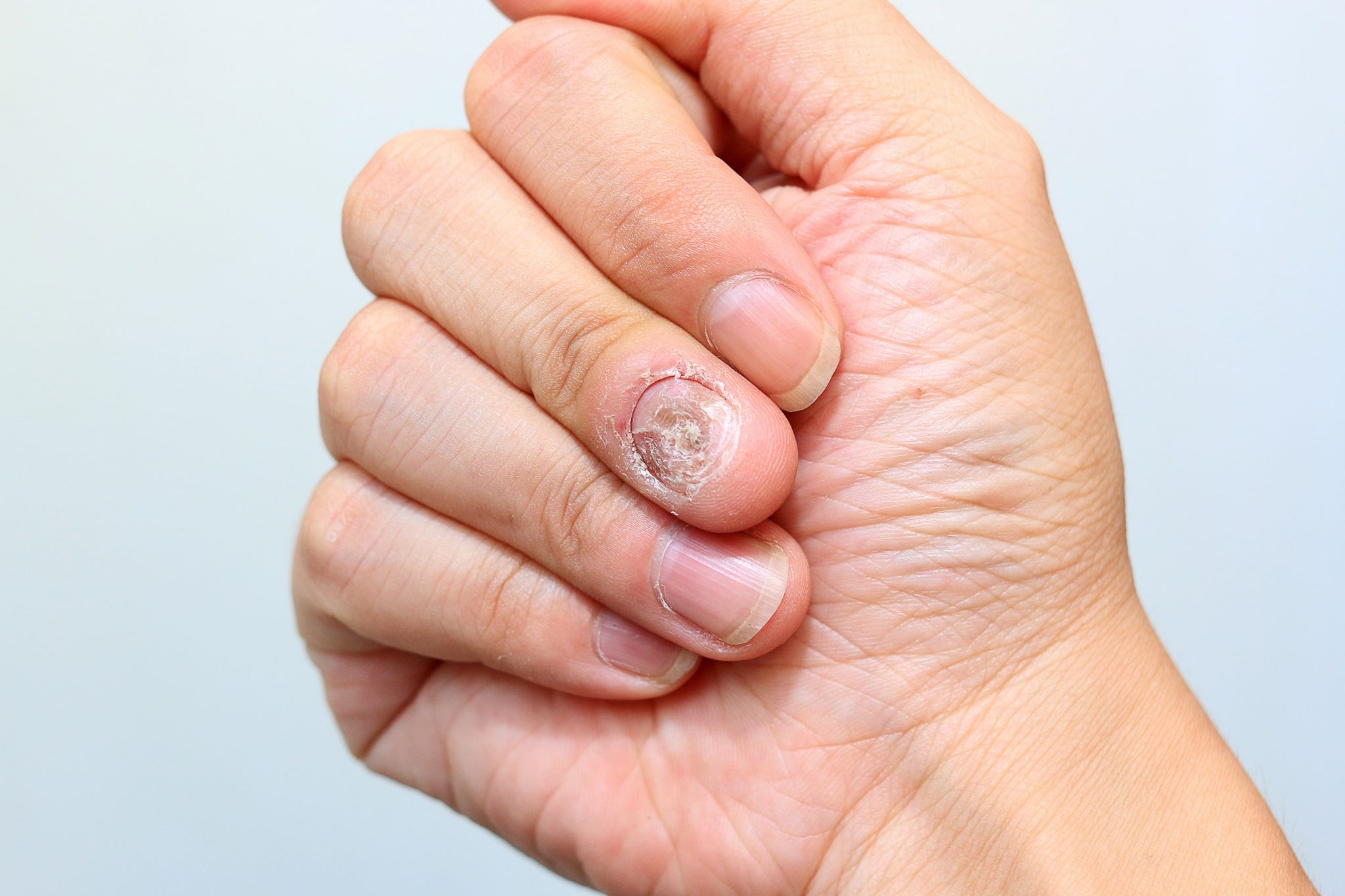

:max_bytes(150000):strip_icc()/VWH-GettyImages-1490447104-f3d0da49dccb4f13913c06bc4eb6e771.jpg)

